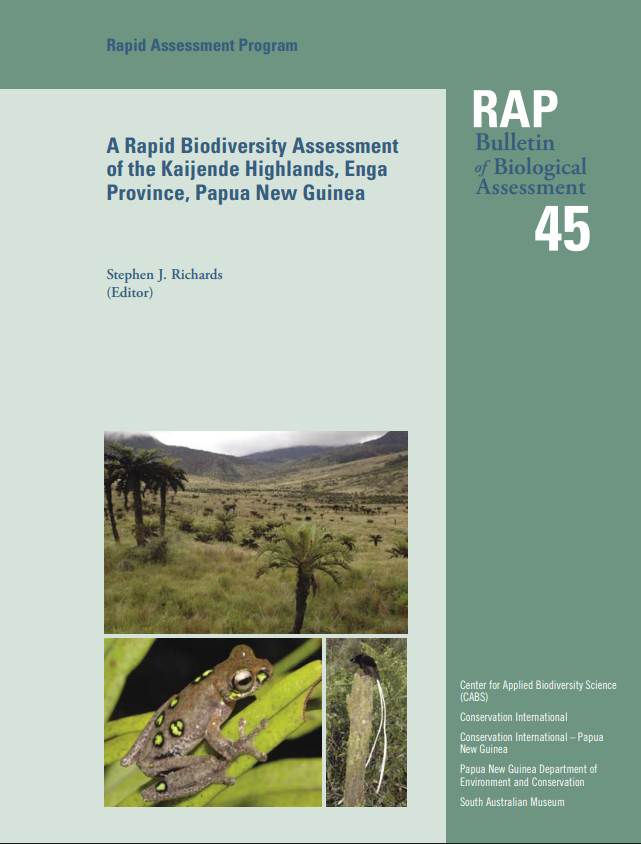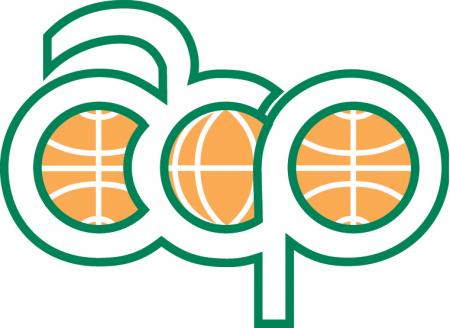
Papua New Guinea (PNG) is an independent state occupying the eastern half of New Guinea, the world’s largest and highest tropical island. In recognition of its extensive remaining forest cover, spectacular biological diversity and low human population density, New Guinea has been recognised as one of the world’s five High Biodiversity Wilderness Areas (Mittermeier et al. 2003). In addition to extensive low- and mid-elevation tropical forests, New Guinea has extensive high-montane environments, particularly along the central mountainous spine of the island. This central cordillera, formed by uplift resulting from the collision of the Australian Plate with the Pacific Plate, presents dramatic gradients of topography, elevation, temperature and rainfall that have promoted rapid evolution of an exceptionally diverse biota. Although the montane birds and flora of New Guinea have been moderately well documented (e.g. Royen 1982, Beehler et al. 1986), documentation of most biota at high elevations has been sporadic at best and major gaps in survey effort continue to hinder meaningful discussions about conservation priorities for, and biogeographic relationships among, the New Guinean biota. With an area of 12,800 km2 Enga Province in Papua New Guinea’s central highlands region includes a higher proportion of upper montane (>3,000 m) environments than any other province in Papua New Guinea (Löffler 1977). It is also the site of the Porgera Mine, a major openpit gold mining operation that accounts for 14% of the country’s export earnings, making it the world’s eighth largest gold producer in terms of 2005 output. Remarkably, despite the substantial infrastructure established by this mining operation, Enga Province appears to have the lowest biological survey effort of any province in the country. Prior to this RAP survey only a handful of collections had been made in the province. The proximity of Porgera Mine to the vast Kaijende Highlands provided the opportunity to redress this paucity of biological information through a RAP biodiversity survey designed and conducted by Conservation International and the PNG Department of Environment and Conservation, and sponsored by the Porgera Joint Venture mining operation.












